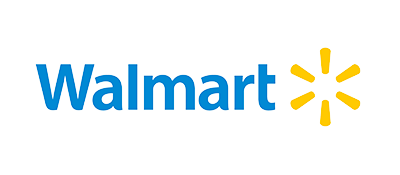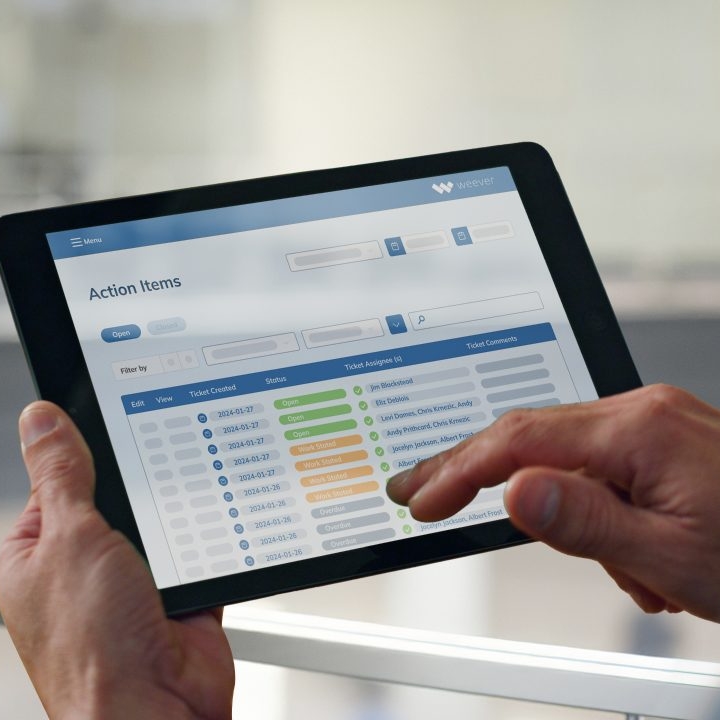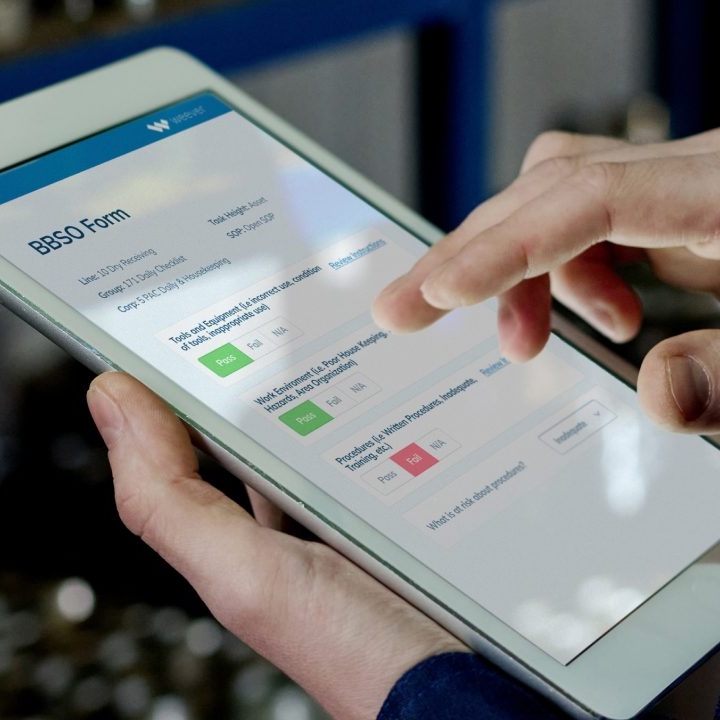How Proactive Measures Enhance Predictive Maintenance Programs
Enhance manufacturing reliability by combining proactive measures with predictive maintenance.

Maintaining equipment efficiency and dependability is critical in the manufacturing industry. Predictive maintenance has become a vital strategy, utilizing advanced technologies to anticipate and prevent potential equipment failures in advance. This method depends on ongoing monitoring and analysis of data to anticipate the optimal timing for maintenance, resulting in reduced downtime and increased machinery lifespan.Taking proactive measures, such as conducting regular inspections, monitoring conditions, and performing routine servicing, is crucial in preventing issues from escalating. By proactively identifying and resolving issues in advance, these measures guarantee optimal performance for predictive maintenance programs.
This blog aims to explore the connection between proactive measures and predictive maintenance. We’ll delve into the ways in which these strategies can harmonize to enhance the dependability and longevity of equipment. This will provide valuable insights for manufacturers aiming to fine-tune their maintenance programs.
Predictive Maintenance for Manufacturers
Predictive maintenance is a maintenance strategy that utilizes advanced data analytics, sensor technologies, and machine learning algorithms to predict when equipment failures might occur. The goal is to perform maintenance just in time, reducing unplanned downtime and extending the lifespan of machinery. This approach is fundamentally different from traditional reactive maintenance, where repairs are made after a failure occurs, and preventive maintenance, which is based on scheduled intervals regardless of equipment condition.
Key Components of Predictive Maintenance:
- Data Collection: Gathering real-time data from various sensors installed on equipment, monitoring parameters such as vibration, temperature, pressure, and more.
- Data Analysis: Utilizing algorithms and machine learning models to analyze the collected data and detect patterns or anomalies that indicate potential failures.
- Condition Monitoring: Continuously observing the operational condition of equipment to identify any deviations from normal performance.
- Predictive Modeling: Developing models that can forecast the future condition of equipment based on historical and real-time data.
- Maintenance Scheduling: Planning maintenance activities based on the insights derived from predictive models, ensuring timely interventions before failures occur.
Benefits of Predictive Maintenance for Manufacturing Operations:
- Reduced Downtime: By predicting failures before they occur, predictive maintenance minimizes unplanned downtime, keeping production lines running smoothly.
- Cost Savings: Timely maintenance interventions prevent costly breakdowns and extend the lifespan of equipment, reducing repair and replacement costs.
- Improved Efficiency: Maintaining equipment in optimal condition enhances overall operational efficiency and productivity.
- Enhanced Safety: Early detection of potential failures reduces the risk of accidents and ensures a safer working environment.
- Data-Driven Decisions: Predictive maintenance provides valuable insights that enable data-driven decision-making, optimizing maintenance schedules and resource allocation.
By understanding and implementing predictive maintenance, manufacturers can significantly improve the reliability and performance of their equipment, leading to more efficient and cost-effective operations.
The Role of Proactive Measures in Maintenance
Proactive measures are essential components of a comprehensive maintenance strategy, focusing on preventing issues before they escalate into significant problems. These measures involve regular inspections, condition monitoring, and routine servicing to ensure equipment remains in optimal condition. For instance, regular inspections allow for the early detection of wear and tear, condition monitoring helps track real-time performance to spot anomalies, and routine servicing maintains equipment functionality.
By implementing these proactive measures, manufacturers can identify potential issues early, address them promptly, and thereby prevent minor defects from developing into major failures. This approach not only enhances the effectiveness of predictive maintenance programs but also contributes to improved equipment reliability, longevity, and overall operational efficiency.
Synergy Between Proactive Measures and Predictive Maintenance
Proactive measures complement predictive maintenance by providing an additional layer of preventive care that enhances the overall maintenance strategy. By integrating proactive measures such as regular inspections and condition monitoring with predictive maintenance, manufacturers can create a robust system that addresses potential issues from multiple angles.
For example, a manufacturing plant that uses IoT sensors for predictive maintenance can also schedule regular manual inspections to catch any anomalies that sensors might miss. Examples of this synergy include automotive manufacturing plants where predictive analytics and routine inspections work hand-in-hand to maintain high production standards and minimize downtime. Studies have shown that companies implementing both proactive and predictive measures achieve significant improvements in equipment reliability and lifespan, leading to more efficient operations and reduced maintenance costs.
Implementing Proactive and Predictive Maintenance in Manufacturing
To successfully integrate proactive measures with predictive maintenance programs, manufacturers can follow a series of strategic steps. First, conduct a comprehensive assessment of current maintenance practices and identify areas where proactive measures can be introduced. Next, implement regular inspections and condition monitoring routines to complement existing predictive maintenance efforts. Establish a centralized data collection system to consolidate information from both proactive and predictive activities, ensuring seamless communication and data sharing. Train maintenance staff on new protocols and the importance of both proactive and predictive strategies.
Best practices for manufacturers adopting these strategies include setting clear maintenance goals, using data-driven decision-making processes, and continuously reviewing and adjusting maintenance plans based on performance metrics. Additionally, fostering a culture of continuous improvement and encouraging feedback from maintenance teams can enhance the effectiveness of these programs.
Weever software plays a pivotal role in supporting these integrated maintenance programs by offering configurable solutions that streamline data collection, analysis, and reporting. With Weever, manufacturers can efficiently manage maintenance schedules, track real-time equipment performance, and generate actionable insights to prevent potential failures. The software's user-friendly interface and robust analytics capabilities enable manufacturers to optimize their maintenance strategies, ensuring maximum equipment reliability and longevity.
Proactive Measures and Predictive Maintenance: By Their Powers Combined!
Proactive measures, such as regular inspections and condition monitoring, address potential issues early, while predictive maintenance uses data analytics and real-time monitoring to forecast and prevent failures. Together, these strategies minimize unplanned downtime, reduce maintenance costs, and extend the lifespan of machinery.
The long-term advantages for manufacturers include improved operational efficiency, increased safety, and more effective resource allocation. By adopting these integrated strategies, manufacturers can achieve a more robust and reliable maintenance program, leading to sustained productivity and competitiveness in the industry. Embracing this synergy will ensure that manufacturers are well-prepared to meet the demands of modern manufacturing and maintain their equipment in peak condition.
Maximize Your Predictive Maintenance with Proactive Measures – Discover How Today!
Maximize Your Predictive Maintenance with Proactive Measures – Discover How Today!
Continue Reading
"Having cloud-based forms on devices around the facility makes them so much more accessible, which makes it painless for operators to quickly provide a report."
Johanna Velez, VP Quality Assurance

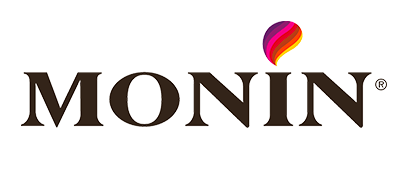
"Weever is really user friendly and will have a massive positive impact on our operations and training team."
Mel Cadle - Op Ex Lead Process Engineer

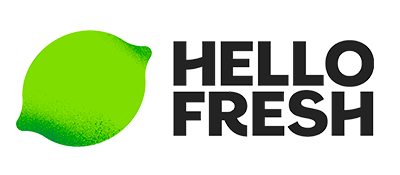
"It's shifted our safety culture because now we are much more focused on what we should be looking at."
Kody Crossen, Operations Manager of EHS

